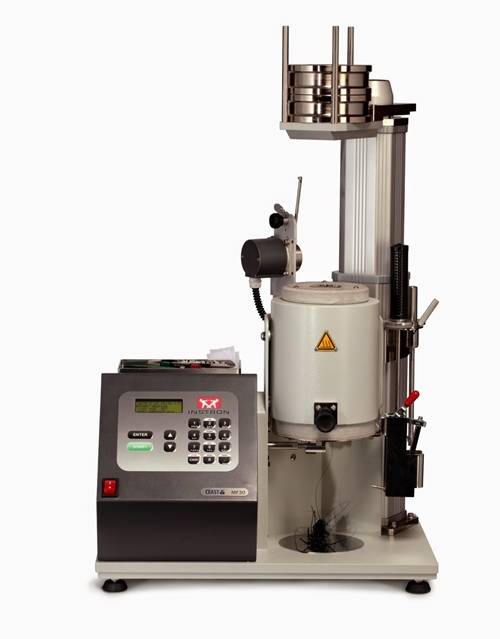Q: We have an MF30 Melt Flow Indexer and started running tests on various polymers in our lab. Some of the samples have a lot of air bubbles in them. I believe this is contributing to inconsistencies in melt flow values. How do we minimize this?
A: There are a lot of reasons you could be seeing air bubbles in the filament sample. Ultimately, it comes down to keeping the testing and cleaning processes as consistent as possible. To start, keep the following points in mind:
- The form of test sample can affect how the material melts within the barrel. Pellets or granules are the most consistent. Flakes, bits of component, and powders are not as easily compounded and may leave small air pockets, resulting in air bubbles in the melted sample.
- It is necessary that the sample be compacted with a suitable and repeatable pressure. For some materials. hand-pressure is fine, while a higher force may be necessary for others. Too little or too much pressure can allow the sample to swell or trap air bubbles. Keep in mind that some materials are more sensitive to operator-to-operator inconsistencies than others.
- Preconditioning is an important part of preparing the sample for melt flow testing, especially for hygroscopic materials, such as PET or PA. Excess water gets trapped inside the material and generates gases when heated, which often triggers degradation processes within the sample. Degradation can also be promoted by residuals of sample from previous tests, when the barrel is not cleaned properly.
